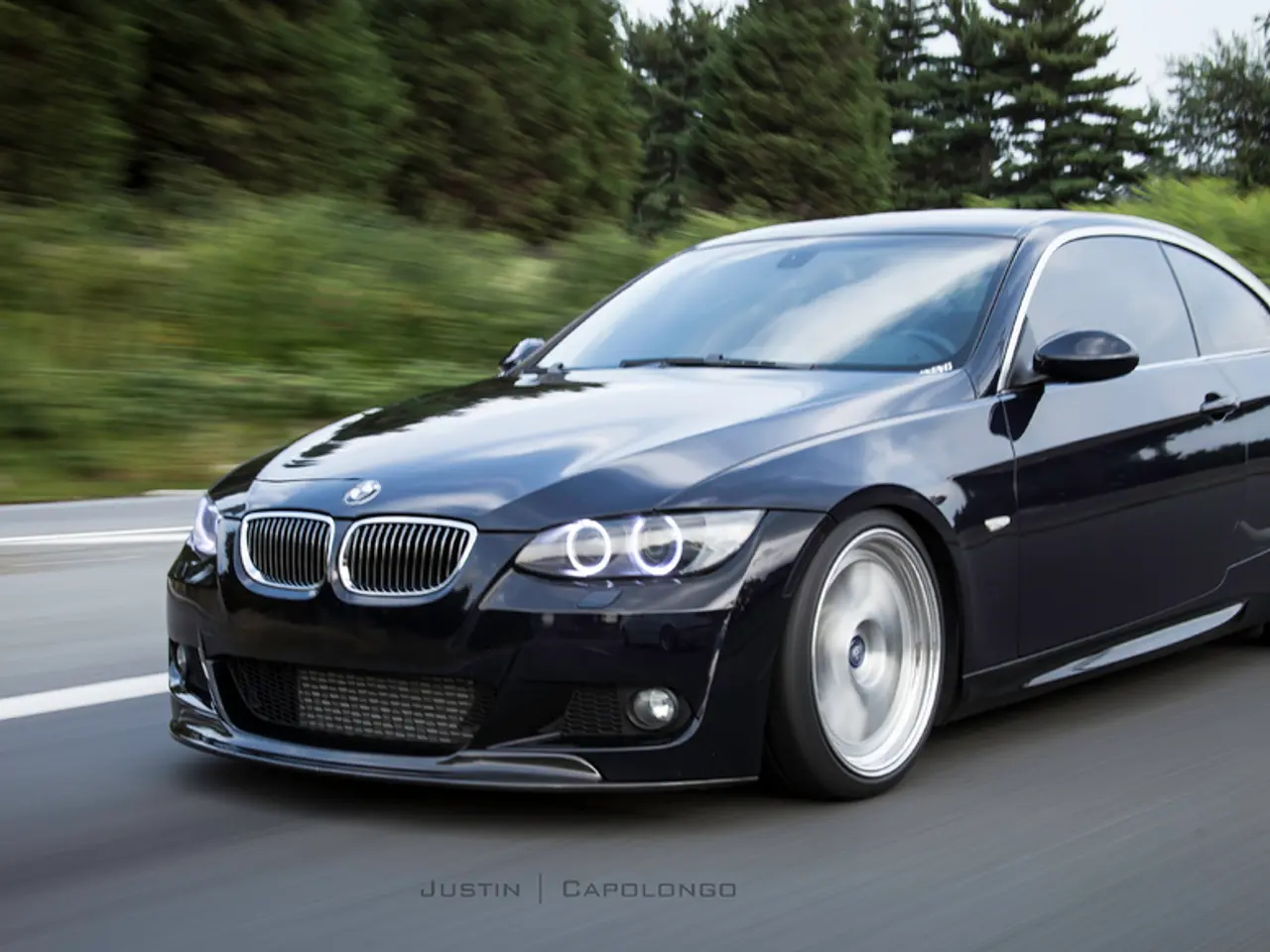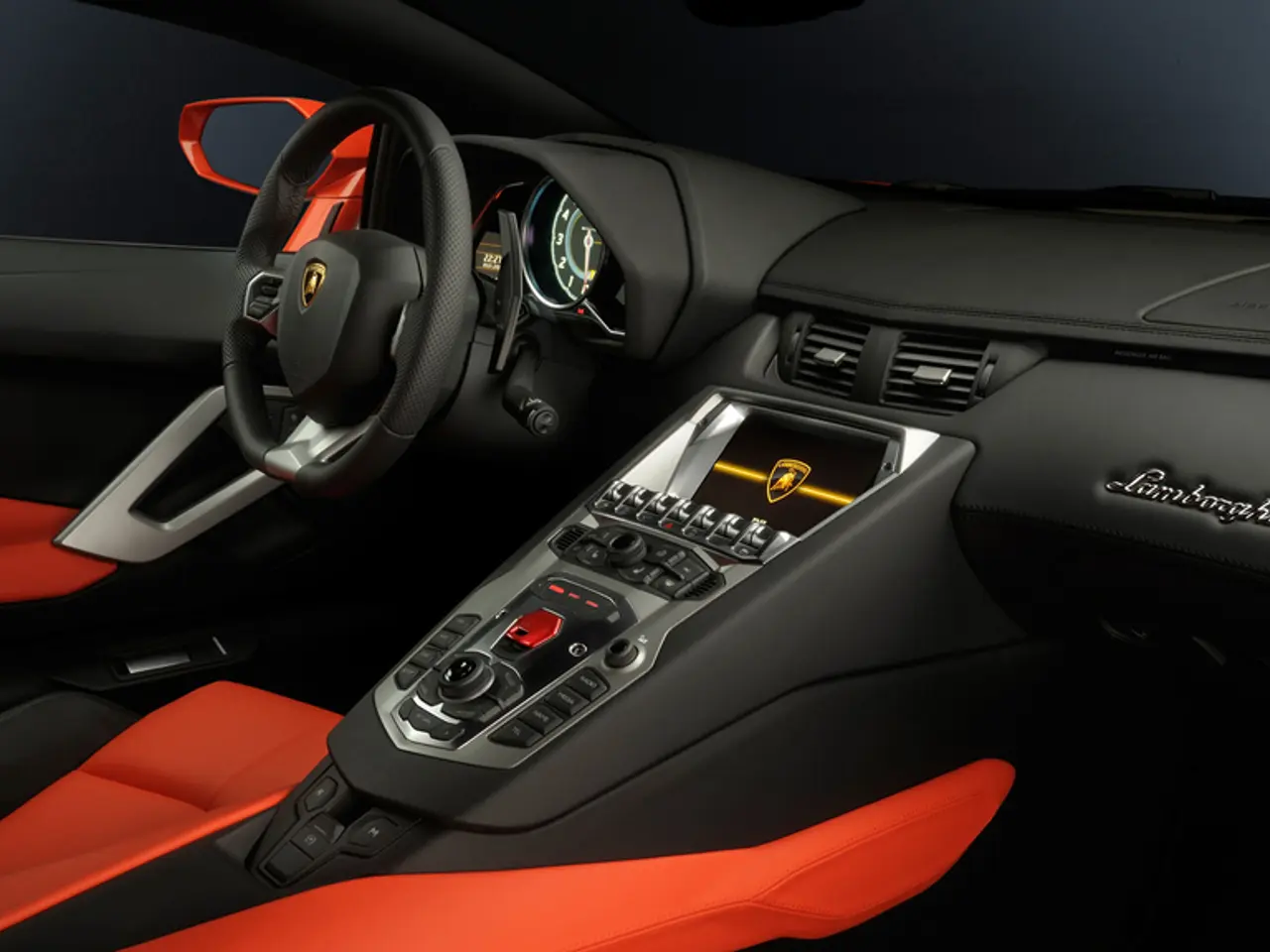Guide on purchasing a BMW Z3
The BMW Z3, with its robust handling and timeless design, has been a favourite among car enthusiasts since its launch in 1996. However, like most older vehicles, the Z3 has its fair share of recurring issues. Here’s a comprehensive guide to identifying and addressing the most common problems that Z3 owners may encounter.
**Engine and Internal Components**
1. Head Gasket Failure (1.8L Engines): The single-cam 1.8-liter engine in the Z3 is prone to head gasket failure. Symptoms include overheating, oil or coolant leaks, and possible engine misfires. Regular checks and prompt repairs are recommended.
2. VANOS System Issues: BMW’s variable valve timing system (VANOS) can develop rattles, seal failures, and solenoid faults, especially as the car ages. Fault codes such as 2A82, 2A87, and P1520 can indicate solenoid or actuator problems. Replace VANOS seal kits every 50,000 miles, clean solenoid valves regularly, and have maintenance performed by a BMW specialist for best longevity.
3. Oil Filter Housing Gasket Leaks: Both four-cylinder and six-cylinder Z3s may experience oil leaks from the oil filter housing gasket. Regular replacement is necessary to prevent larger issues.
4. Crank and Cam Sensors: Running faults can be traced to failing crank and cam sensors, as well as issues with the electronic idle valve on the inlet manifold. Replace sensors as needed and ensure all wiring is secure.
**Suspension and Steering**
1. Tired Dampers and Rusty Wishbones: Front dampers wear out over time, and rust can affect the front wishbones, especially on cars with poor underbody protection. Replace dampers and consider upgrading to new wishbones if rust is present.
2. Trailing Arm and Rear Axle Bushings: Rusty trailing arms are a growing concern, and rear axle outer beam bushes often wear out. Rusty trailing arms should be replaced; bushings are best handled by a garage due to the specialized tools required.
3. Steering Rack: The Z3’s steering rack is unique, and replacements can be costly, although a ‘purple tag’ E46 3 Series rack is a compatible, cheaper alternative. Swap out the rack if steering becomes overly heavy or unresponsive.
**Brakes**
1. Rusty Brake Pipes and ABS Sensors: Rusty brake pipes and faulty ABS sensors are frequent, though replacement parts are inexpensive. Inspect and replace brake lines regularly; ABS sensors are easy to swap.
2. Handbrake Adjustment: The Z3’s handbrake is notoriously ineffective if not adjusted perfectly. Frequent adjustments are recommended; always use genuine BMW parts.
**Transmission**
1. Manual Transmission Quirks: While not a systemic failure point, the Z3’s shifter is less intuitive than most, which can be confusing for new owners but does not indicate a malfunction. Familiarity with BMW’s layout is the best remedy.
2. Automatic Transmission Issues: Though Z3s mostly feature manual transmissions, some automatics may experience harsh shifting and delayed engagement, though this is more common on later BMW models. If symptoms emerge, check for worn clutch packs or contaminated fluid.
**Electrical and Interior**
1. Seat Heating and Sound System: Heated sport seats and the Harman/Kardon sound system are common on higher-trim Z3s but can develop faults over time. Diagnose and repair as needed; seek specialist advice for electrical issues.
**Exterior and Bodywork**
1. Chips and Scratches: Given their age, most Z3s will have some cosmetic blemishes and paintwork issues. Touch-up paint and professional detailing can help maintain appearance.
2. Rust: Rust is increasingly problematic, especially on neglected cars. Regular underbody inspections and rustproofing can mitigate this.
By keeping these common issues in mind and addressing them promptly, you can preserve the driving pleasure and longevity of your BMW Z3. Regular inspections, the use of genuine parts, and specialist care for complex issues are key to maintaining your Z3 in top condition.
- In the realm of finance, it's crucial for Z3 owners to budget for regular maintenance and repairs, as various components such as head gaskets, VANOS systems, oil filter housing gaskets, sensors, and brakes can develop issues over time.
- For those with an interest in sports and the automotive industry, understanding the intricacies of the Z3's suspension and steering systems can help ensure a smooth ride, as components like dampers, wishbones, trailing arms, rear axle bushings, and steering racks can require attention as the car ages.
- Maintaining a lifestyle that values both the aesthetics and performance of their cars, Z3 owners may also find themselves addressing electrical issues, like faulty seat heating systems and sound systems, or cosmetic concerns, such as chips, scratches, and rust, to preserve the vehicle's overall appearance.




